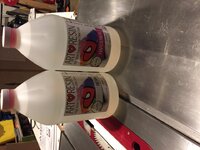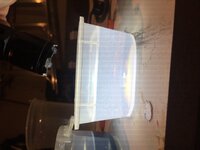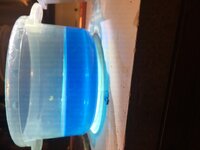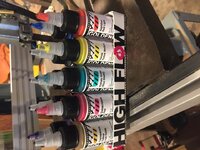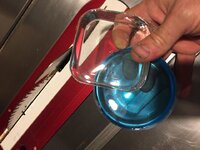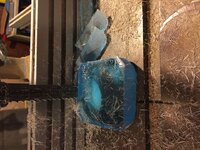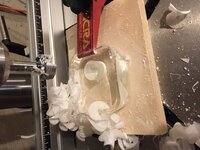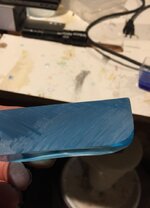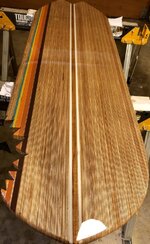Hey guys,
Hope this isn't a double post but I have concerns about fading/yellowing, color change of both resin and dyes. I'm not a pen turner but I do work with epoxy resins, sheet acrylic, and acrylic resin (Weld On 40) for art projects. I found out that most if not all dyes are not color fast and will fade over time. In fact, many of the companies do not test or design their pigments to be UV stable. I found this out by emailing several companies and they were surprisingly forthcoming about their lack of colorfastness. I then looked into clear/water clear resins from various companies and found that only one, Artresin claims to be not UV resistant but UV stable thanks to an ingredient that they claim no other resin makers use. It's called HALS and is used in other products. There's also a vid of 16 resins tested by an independent party and all but a couple showed yellowing. Alumilite was out performed by about half of the others. I'm not here to plug Artresin and I've never used it although for my needs, it should be fine. Also, it's not designed for casting but to cover artwork and not yellow over time. That's actually why it was invented. My question to you guys is, have you noticed yellowing of resin or dyes changing color?
Thanks,
JC
Hope this isn't a double post but I have concerns about fading/yellowing, color change of both resin and dyes. I'm not a pen turner but I do work with epoxy resins, sheet acrylic, and acrylic resin (Weld On 40) for art projects. I found out that most if not all dyes are not color fast and will fade over time. In fact, many of the companies do not test or design their pigments to be UV stable. I found this out by emailing several companies and they were surprisingly forthcoming about their lack of colorfastness. I then looked into clear/water clear resins from various companies and found that only one, Artresin claims to be not UV resistant but UV stable thanks to an ingredient that they claim no other resin makers use. It's called HALS and is used in other products. There's also a vid of 16 resins tested by an independent party and all but a couple showed yellowing. Alumilite was out performed by about half of the others. I'm not here to plug Artresin and I've never used it although for my needs, it should be fine. Also, it's not designed for casting but to cover artwork and not yellow over time. That's actually why it was invented. My question to you guys is, have you noticed yellowing of resin or dyes changing color?
Thanks,
JC


